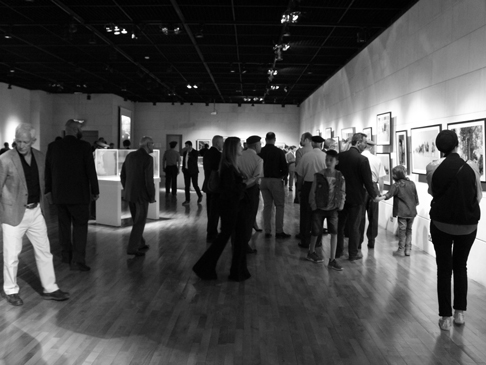In June 1916, in the midst of the First World War, the emir of Mecca – Sharif Hussein bin Ali – launched what is known as the Great Arab Revolt against the ruling Ottoman empire.
Between 1916 and 1918, Emir Faisal bin Al Hussein (Sharif Hussein's son) led the Arab Northern Army – assisted by Australian soldiers – as it battled the Ottoman army across lands, including that which would become modern-day Jordan.
A century after the first shots of the Revolt were fired, the Jordan Museum, in cooperation with the Australian Embassy, presented the Great Arab Revolt Exhibition at Jordan Museum between September and December 2016 to commemorate the Australian involvement in the war and the history of Australian and Arab friendship,
With the support of the Council for Australian-Arab Relations (CAAR), the Jordanian Royal Heritage Directorate and the patronage of HRH Prince Ra'ad Bin Zeid, the exhibition featured artefacts from the Australian War Memorial, displayed for the very first time in Jordan.
The genesis of the exhibition emerged in 2015 when HRH Prince Mired bin Ra'ad of the Jordanian Royal Family attended an ANZAC centenary exhibition of Australian War Memorial photographs in Amman. He mentioned to the Australian Ambassador that the Australian War Memorial held in its collection a uniform worn by his grandfather (Prince Zeid ibn Hussein) and possibly other artefacts and photographs associated with the Arab armies that fought alongside the Australians. The Prince enquired whether the Australian War Memorial would be willing to loan such items to Jordan as part of their centenary commemorations.
'The more we researched, the more we realised the depth of the story of Australia's involvement in the Great Arab Revolt,' says public diplomacy officer at the Australian Embassy Amman, Manal Saroufim.
'When the Royal Heritage Directorate asked if the Embassy would like to co-host an Exhibition, we were excited by the possibility, and once the Council for Australian-Arab Relations was on board it became a reality.'
Among the artefacts displayed during the exhibition were the tunic of Prince Zeid ibn Huseyin, the Deputy Commander of the Arab Northern Army; the Flag of the Arab Revolt, which was first raised in the presence of Emir Faisal on 10 June 1917 and believed to be one of two original flags in the world; several paintings by renowned Australian war artist George Lambert; the diary of Sergeant Leslie Sydney Horder of the 1st Light Horse Regiment; and an Arabian scimitar that was used by Arab tribesmen at the time of the Revolt.
The exhibition also presented over 50 photographs, many from the Australian War Memorial's collection, and other artefacts that bring the story of the Arab Revolt to life. Together, these artefacts document moments from the lives of local civilians as well as Arab and Australian soldiers during the military campaign in what is now the Hashemite Kingdom of Jordan.
'The Revolt is an important part of Jordan's history, but also Australia's story. Australia was still a young nation at the time and our ANZAC legend was born during battles such as those of the Great Arab Revolt,' says Manal.
The exhibition marked the first occasion that Australia and Jordan have collaborated on a project of this nature. It highlighted the continuing tradition of friendship and respect that exists between Australia and the Arab region, one that is partly bedded in the strength of the shared experiences, memories, and bonds forged during the Revolt of 1916-18.
'The exhibition celebrated an important milestone in the history of both our nations and shows the personal bonds that developed between Arab soldiers and their Australian brothers-in-arms,' explains Manal.
'These relationships led to gifts exchanged between solders – gifts that found their way across the globe to Australia and are now housed at the Australian War Memorial and the Perth Mint – the Exhibition was an important opportunity to share these significant gifts with Jordanians.'
The Council for Australian-Arab Relations (CAAR) was established by the Australian Government in January 2003 as an initiative to strengthen ties between Australia and the Arab world.


